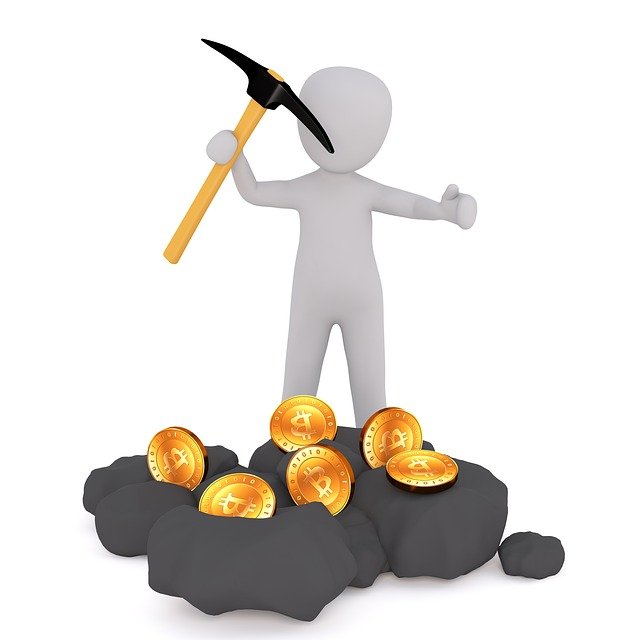In the crypto world, burning assets (coins or tokens) means eliminating them by sending them to an ‘eater address,’ which is not accessible by anyone, since no one owns the private keys to that address.
In other words, whenever assets are ‘burned,’ they do not go up in smoke. Instead, they are just quarantined, never to be accessed again by anybody. Every transaction that is conducted on the blockchain is public; therefore, these coins are effectively taken out of the total supply and can be verified by anyone at any point in time.
Coin burning is the process of permanently removing cryptocurrencies from circulation, reducing the total supply. To explain how this works, we will be using Binance Coin (the old BNB ERC-20) as an example. The previous contract for BNB, while it was on the Ethereum network, can be found here.
When the Binance Coin was still part of the Ethereum network, Binance performed periodic Coin Burn events using a smart contract function known as burn function.
How is this accomplished? In the digital currency world, it is difficult if not impossible to control the flow of tokens once they have been mined. To remove tokens from circulation, miners and developers acquire those tokens and then send them to specialized addresses that have unobtainable private keys. Without access to a private key, no one can access these tokens to use them for transactions. Thus, the coins become unusable and relegated to a space outside of the circulating supply.
Of course, there are massive risks associated with coin burning, too. First, burning coins is no guarantee that the remaining coins in circulation will gain in value. It does not necessarily even reduce the total number of tokens outstanding in circulation, as the supply of tokens in circulation seems to fluctuate considerably.
Bitcoin is an example of why coin burning may not work. Bitcoin is capped at 21 million tokens; some analysts believe that this cap helps to contribute to the value of BTC.



